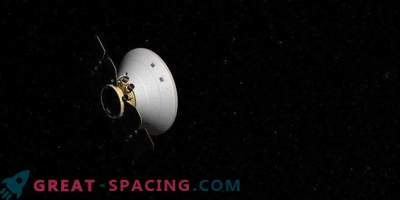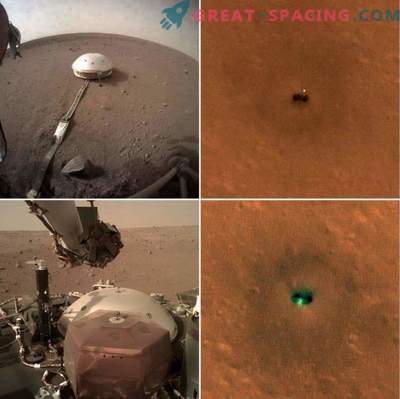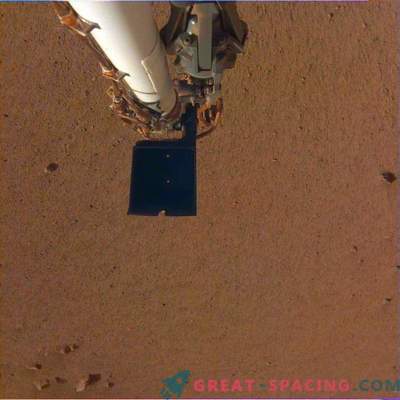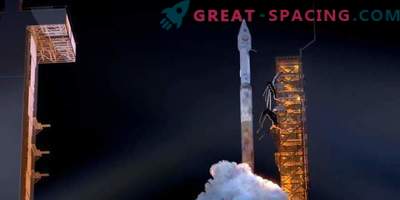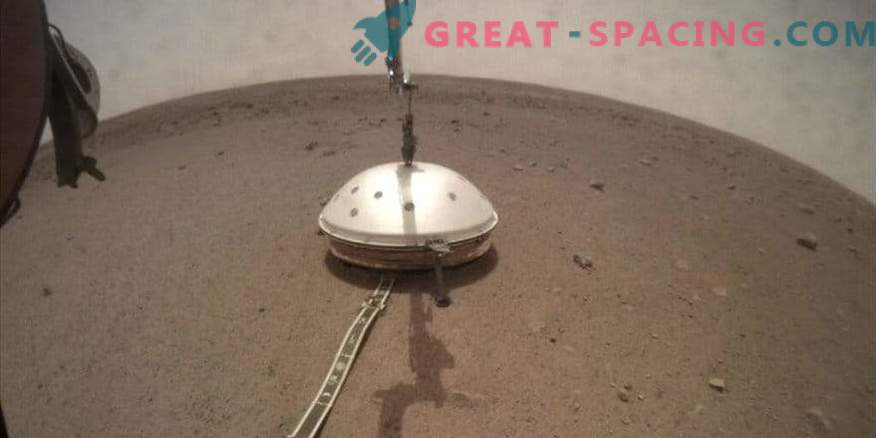
The NASA InSight descent vehicle deployed its wind and heat shield on February 2. The shield covers a seismometer mounted on the surface of Mars on December 19
Over the past few weeks, NASA's InSight spacecraft has been changing the settings of a seismometer installed on a Martian surface on December 19th. Now the ship has placed a screen (in the form of a dome) above the device to allow it to collect the most accurate information.
The seismometer will help researchers explore the depths of the Red Planet for the first time and understand how the process of planetary formation proceeds. The wind and heat shield protect the ultra-sensitive instrument from the marshmaks caused by the winds (noise in the data). The dome is endowed with an aerodynamic shape, forcing it to cling to the Martian surface without the risk of roll over.
More disturbing is the SEIS seismometer, as changes in temperature can expand and compress metal springs and other instrument parts. At the InSight landing point, the temperature range fluctuates at 94 ° C during the Martian day (sol). So the temperature is the main cause of many possible errors.
Under terrestrial conditions, seismometers are often buried to a depth of 1.2 m, which makes it possible to maintain a stable temperature regime. InSight does not have the ability to create similar storage on the Red Planet, so several other precautionary measures are used. The first example is a shield. In second place is the SEIS itself, which was specifically developed to correct excessive temperature fluctuations on the Martian surface. The seismometer was designed so that when it expands or contracts parts, the others repeat the maneuver, but in the opposite direction, in order to partially reduce the effect. In addition, the instrument is in a vacuum (titanium sphere), which isolates sensitive internal parts and reduces thermal effects.
But that's not all. The sphere is placed in another insulating container - a 6-coal box of copper color. The walls are presented in the form of combs with sections that hold the air and prevent the container from moving.
Three insulating barriers protect SEIS from thermal “noise” masking the seismic waves of Mars, which the InSight team is planning to study. In addition, most of the noise can fix the weather sensors landing pad, and then filtered by a scientific team.
Now the researchers are preparing for the next stage - the deployment of HP3, which studies the heat fluxes and the physical properties of the planet. These activities are scheduled for next week.

